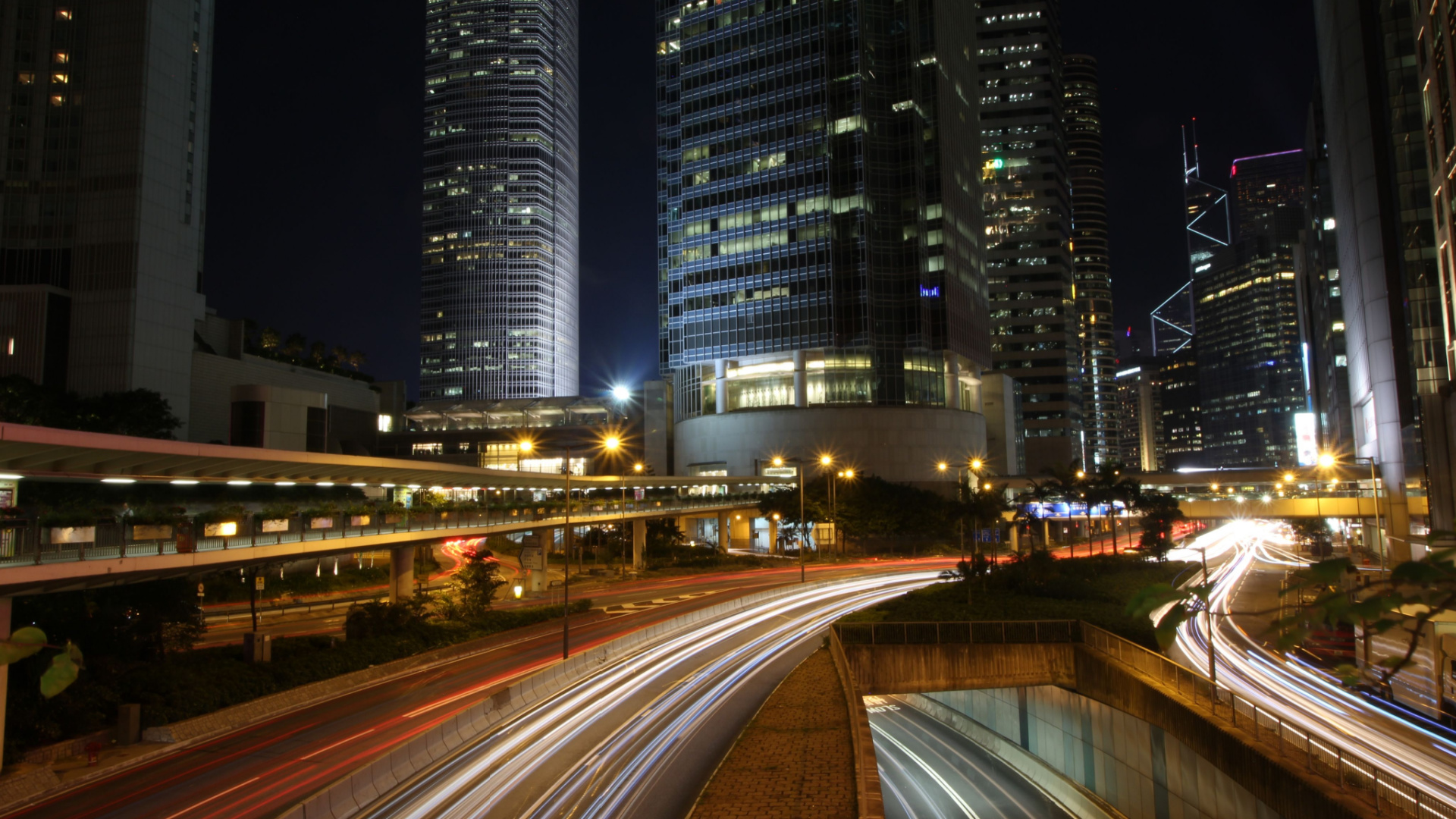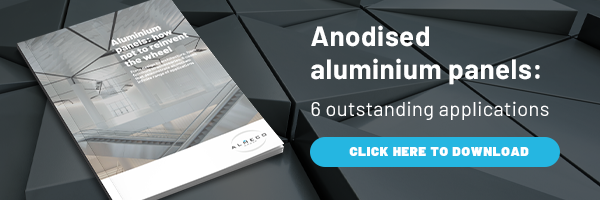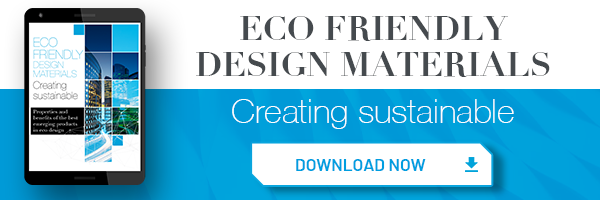The World Bank defines the smart city as “a city that cultivates a better relationship between citizens and governments – leveraged by available technology.” Transforming urban centres into smart cities means making cities safer, more sustainable and energy efficient. This important challenge is destined to change the face of our regions, and involves many aspects of space management, not the least of which is public illumination.
With its pervasive presence throughout cities and regions, public illumination is one of the urban services most affected by the innovative processes that enable the transformation of a city into a smart city.
Making lighting smart and sustainable means not only reducing energy consumption and increasing urban safety, but also significantly reducing energy and maintenance costs. To make this possible, state-of-the-art materials and smart lighting solutions for smart cities are needed to support innovation and optimise urban lighting.
In this sense, aluminium plays a key role, acting as an enabler and ‘enhancer’ of new technologies.
Innovation in smart lighting solutions for smart cities
A number of aspects must be taken into account when facing the question of smart city lighting. Illumination (whether simple poles or more articulated and complex systems) allows people to enjoy public places while guaranteeing adequate levels of safety. In fact, gardens, green spaces, squares, streets, tunnels and car parks require lighting systems with precise characteristics to guarantee their usability and safety.
Without underestimating the importance of aesthetics – fundamental for the lighting of squares and monuments – another key element for public lighting is energy savings. The most modern lighting systems make it possible to avoid wasting energy thanks to efficient and connected luminaires that are more flexible and can improve the quality of lighting overall, thanks to precise control of the emitted light.
The transition from traditional and outdated lighting systems to smart lighting hinges on advanced network and material technologies – decisive for transforming a city into a smart city. Installing smart light poles, for example, allows cities to save energy through so-called adaptive lighting: thanks to sensors, the amount of light in a given location can be detected 24 hours a day and optimised in real time.
And that’s not all: smart city lighting can turn light sources into technology nodes throughout the region. They can collect important data, from information regarding air quality, traffic, parking, and even climatic and urban safety information.
The role of aluminium in smart city lighting
For public illumination to become smart, it is not only necessary to invest in advanced technologies, but also in appropriate components and materials. Aluminium is one of these.
Outdoor lighting luminaires in public and shared spaces must meet safety standards and ensure optimal performance. Streets, for example, need proper light distribution to ensure uniformity of illumination and glare control.
At the same time, for street lighting to be sustainable, it needs to limit or reduce energy consumption and the materials that make up the lighting systems need to be efficient and durable. Reflectors made with PVD aluminium surfaces are perfect in this respect.
PVD aluminium for street lighting
PVD treatment (Physical Vapor Deposition, the vacuum deposit of thin metallic and ceramic films), with specially developed tempers, guarantees maximum colour rendering and high quality.
To create the necessary balance in the distribution of light on different planes, a ductile material is required to make the light source perform better and adapt to different exterior conditions. Thanks to its ductile characteristics PVD aluminium can be formed and assembled into reflectors of various shapes, in order to satisfy the most various configuration needs and types.


